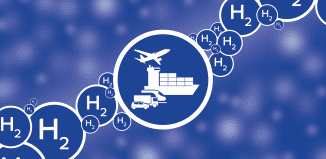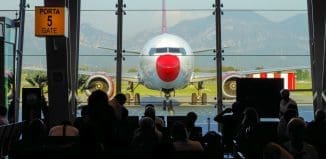Airships: the future solution for commercial aviation?
This post is also available in:  עברית (Hebrew)
עברית (Hebrew)

A recent forecast shows that by 2020 the annual number of aircraft passengers will reach 400 million. Air freight traffic is also expected to increase. Estimates predict an increase of over 340 percent over the next twenty years. The congestion at many airports will then squeeze out cargo operations, due to economic and environmental reasons. Consequently, if market demand for air freight is to be met, either there will have to be significant investment in new airport infrastructure, or alternative transport forms need to be considered.
Researchers from the University of Lincoln, U.K., have completed a three year investigation into the option of stratospheric passenger airships, as part of a multi-national engineering project designed to provide a future sustainable air transport network. According to HomeLand Security News Wire, the group, from the University’s School of Engineering, believe airships may be the ‘green’ solution for the future growth of aviation.
As engineering projects go, a plan to reintroduce airships as a cheap and energy-efficient means for mass transportation of people and goods might be the definition of “blue sky thinking”. It also answers the requirement for a mid-range transport system that efficiently trades speed for fuel consumption.
Register to iHLS Israel Homeland Security
A report released by the this University researchers states that the Multibody Advanced Airship for Transport (MAAT) project, aims to position airships as the solution for future air transportation that is safe, efficient, cheap, and environmentally friendly.
The MAAT project, made up of eight nations and led by the Universita di Modena e Reggio Emilia in Italy, envisages the design for a cruiser that can travel across the globe on a set route. Smaller feeder ships carrying people and goods would then be able to dock onto the cruiser while it is still moving.
The primary energy source for the MAAT is solar, collected from photovoltaic arrays mounted on the upper airship surface. Solar energy will provide sufficient electric power during the day in order to operate the airship’s systems. It will provide life support, propulsion and control, while producing sufficient excess energy that can be stored to facilitate continuous operation at night.
The University of Lincoln research team focused on how to make the most efficient use of energy generated by the photovoltaic cells, and its subsequent use in the electrical power and energy storage systems. It is hoped that with the introduction of innovative propulsion systems limitations of traditional propellers at high altitudes will be overcome. If this vision is implemented it may have many uses for defense operations.






























